In this episode, we discuss the revolutionary changes in warfare that took place in the 8th and 7th centuries BC that were strictly Greek and reflect the development and abstract nature of the polis; the type of armor worn and weaponry employed by a typical hoplite; the organization and training of Greek military forces; the general rules surrounding the conduct of Greek warfare and how armies campaigned; the application of tactics in a typical battle sequence; the cultic practices of the bloodlust god, Ares, who personifies the grim and horrific aspects of warfare; and the Lelantine War, the first large-scale war on the Greek record after the mythical Trojan War and the first instance in which these military changes were employed
Supplementary Resources (Videos, Photos, Other Podcasts)
Video/Classical Warfare (Overly Sarcastic Productions)
Video/Hoplites and Phalanxes - 725-300 BCE (History Dude)
Photo/"Stele of the Vultures" (earliest phalanx depiction?)
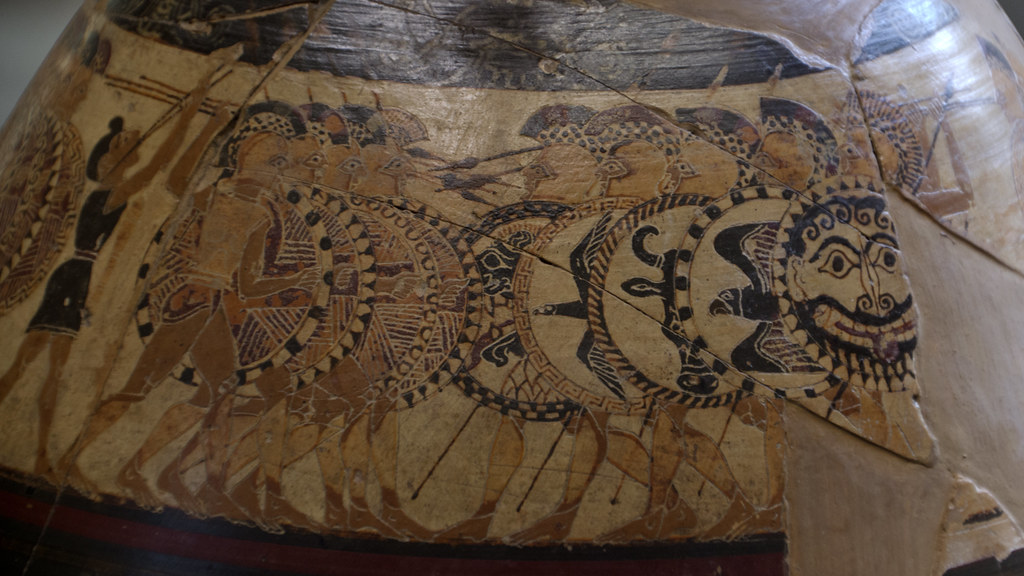
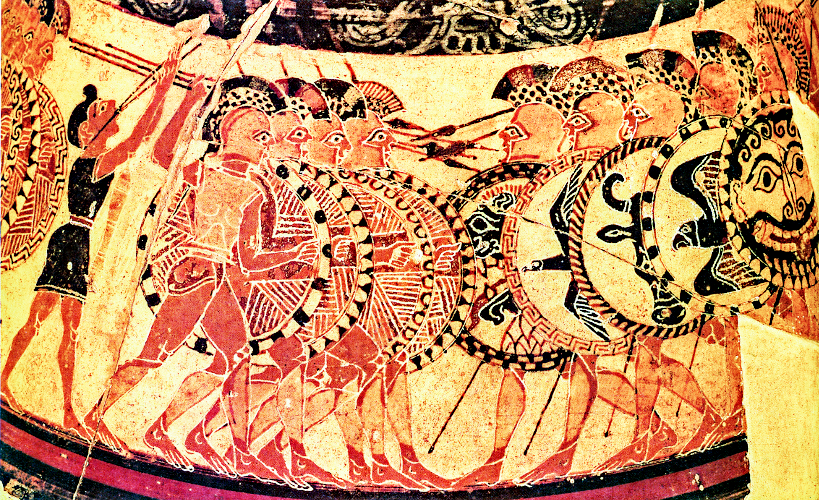


Photo/Italo-Corinthian Style Helmet
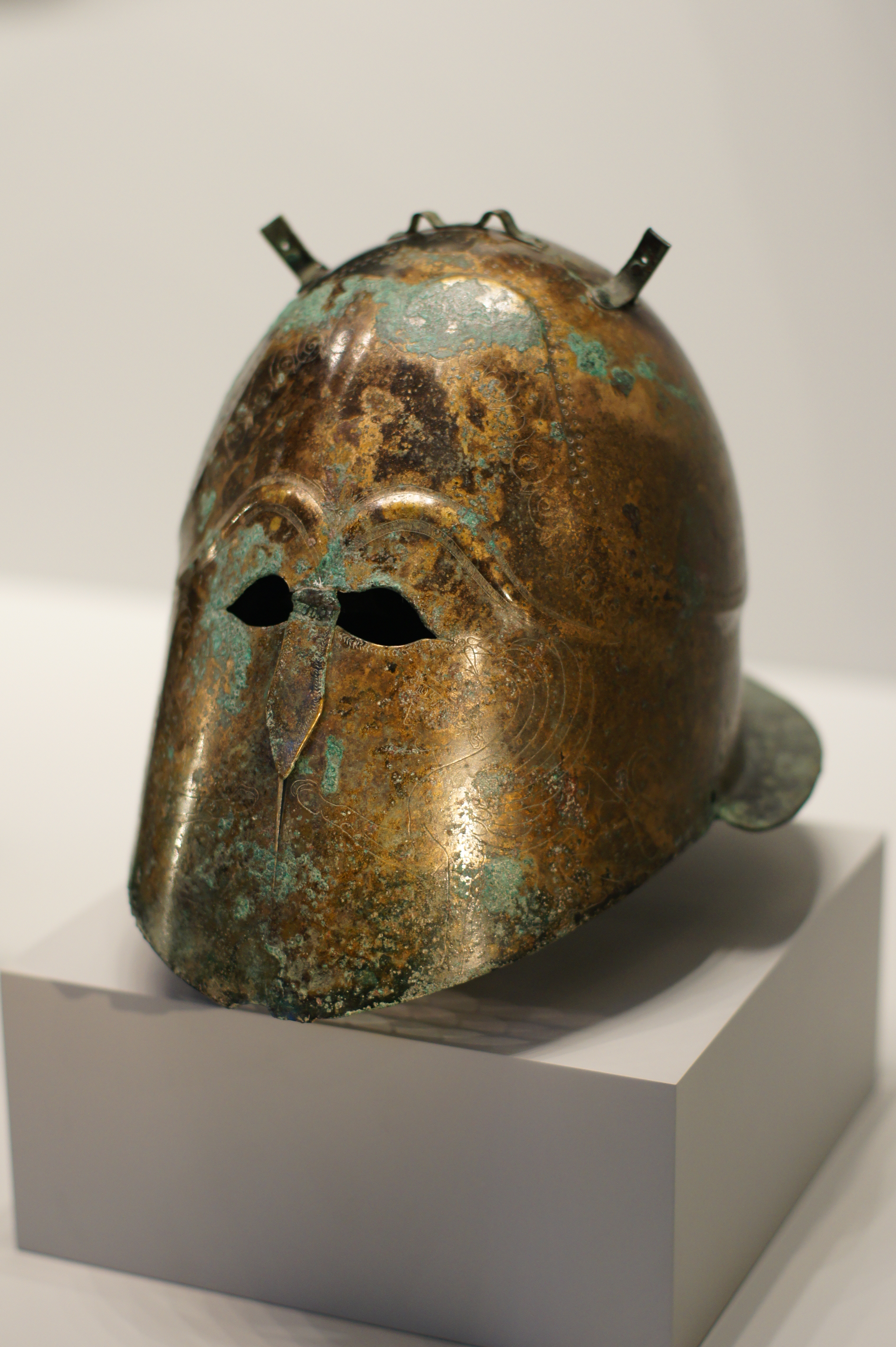
Photo/Chalcidean Style Helmet
Photo/Hoplite Armor at Argos
Photo/Bronze Breastplate
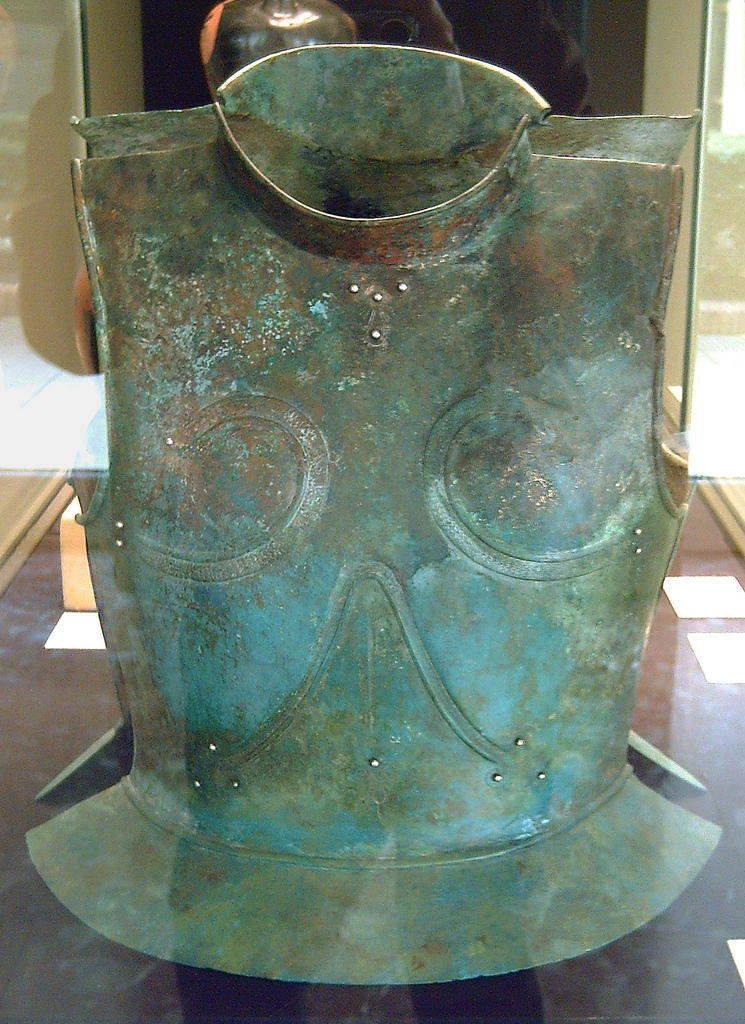
Photo/Vase-Painting w/Achilles and Patroclus wearing Linothorax
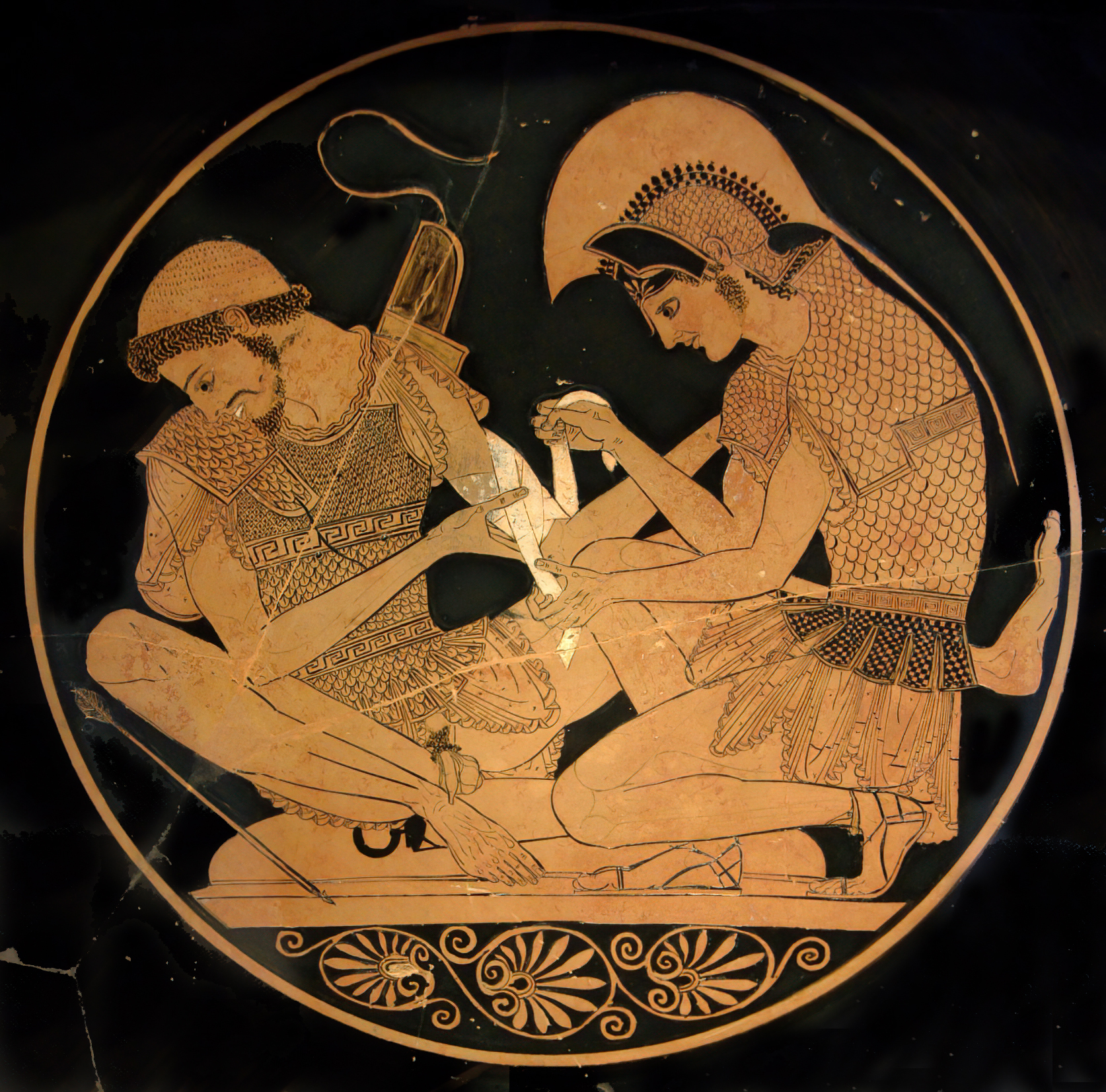
Photo/Bronze Grieves


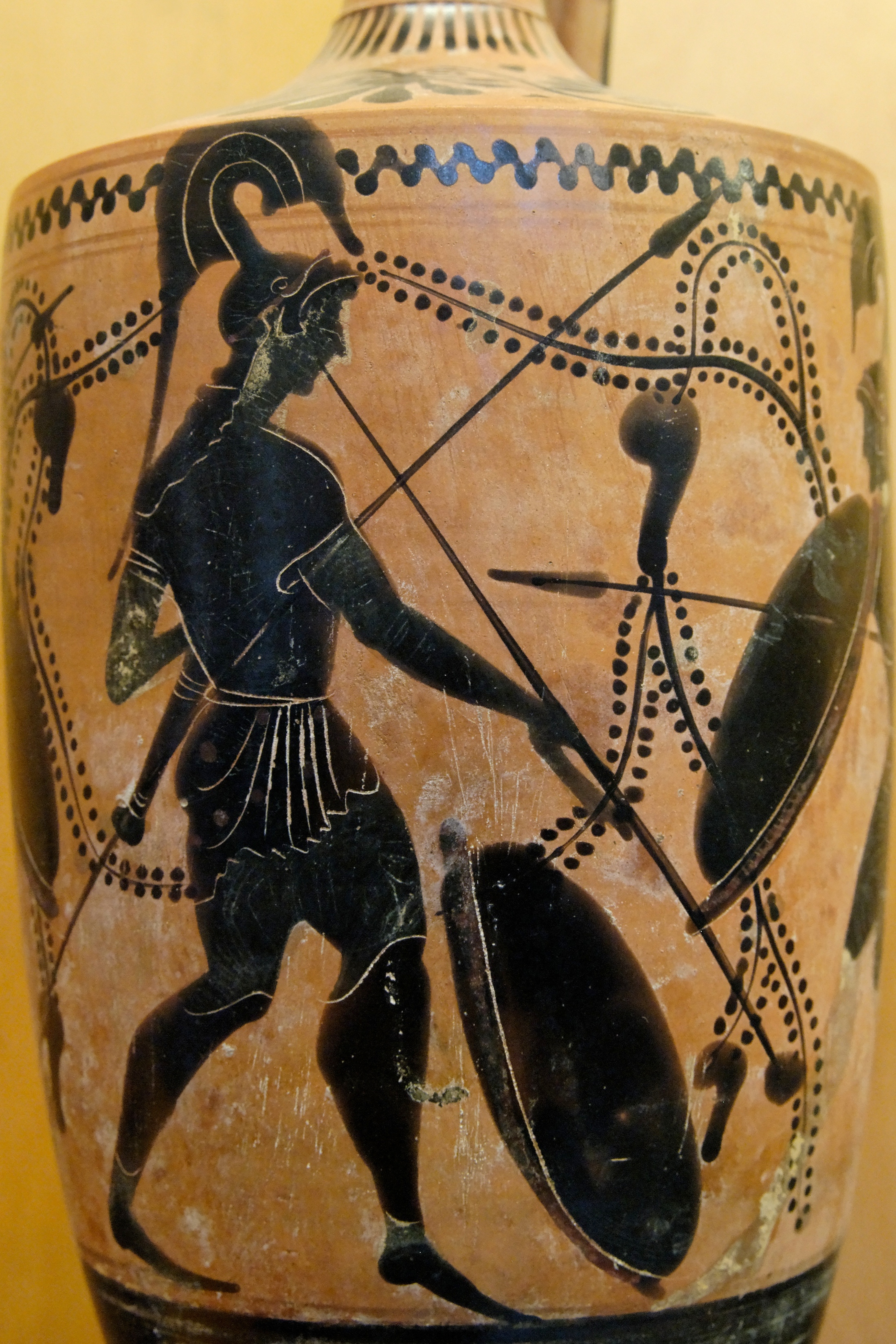
Photo/Hoplites in Overhand and Underhand Attack Positions

Video/Mercenaries in the Greek World (Archaia Istoria)
Video/Greek Armies during the Peloponnesian Wars (Kings and Generals)
Video/Ancient Greek Siege Warfare (Kings and Generals)
Video/Ancient War Monuments of the Greeks and Romans (Invicta History)


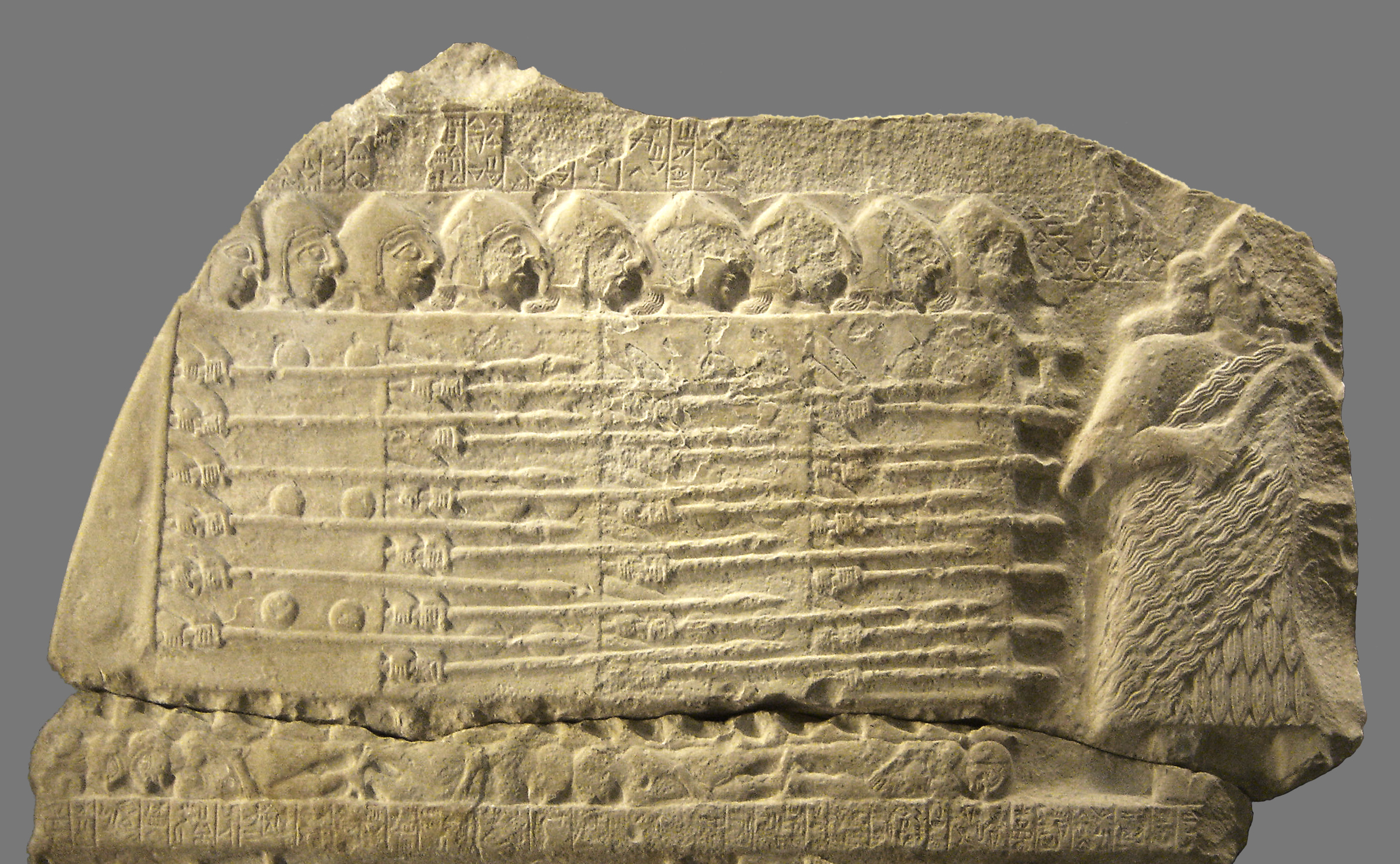



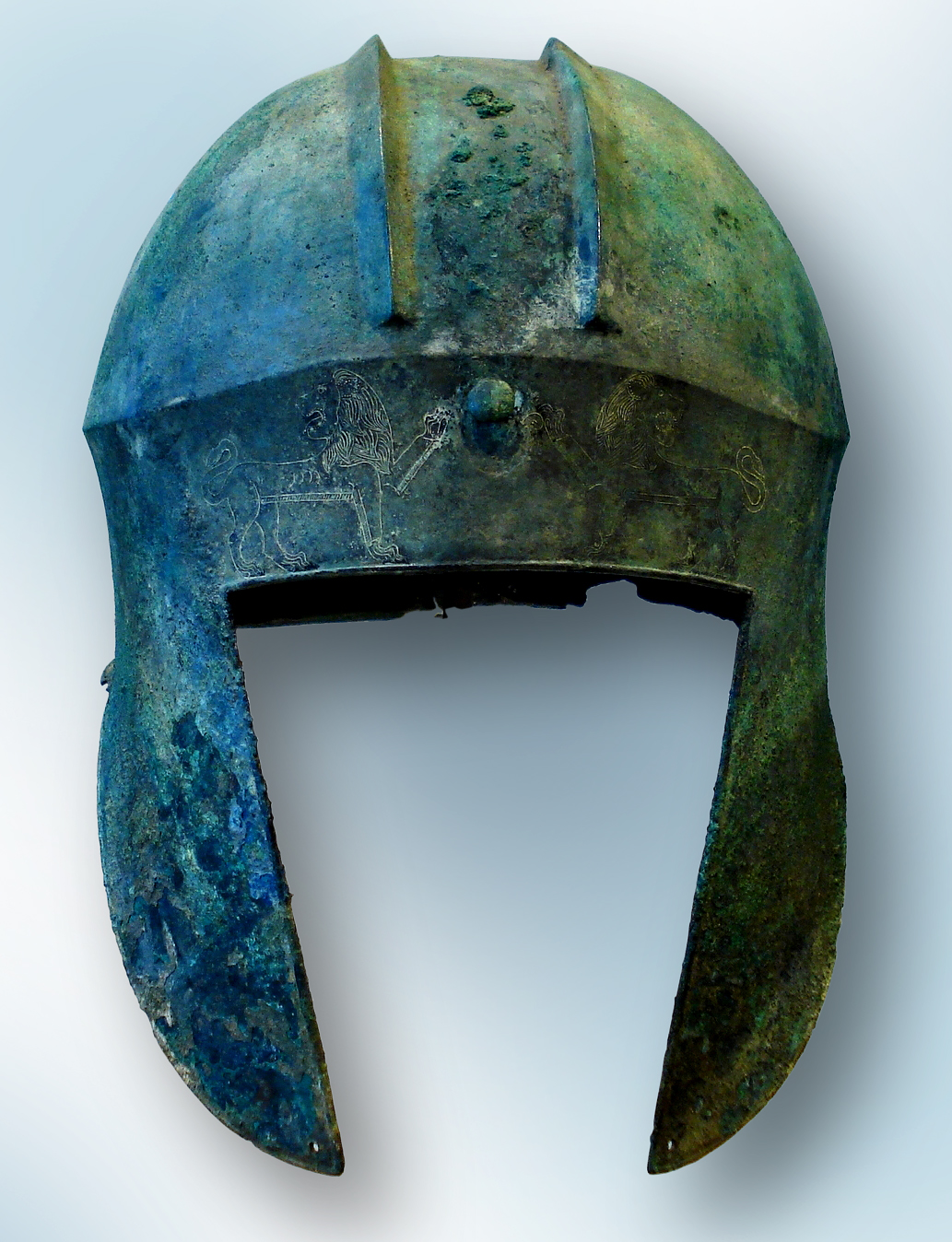








No comments:
Post a Comment